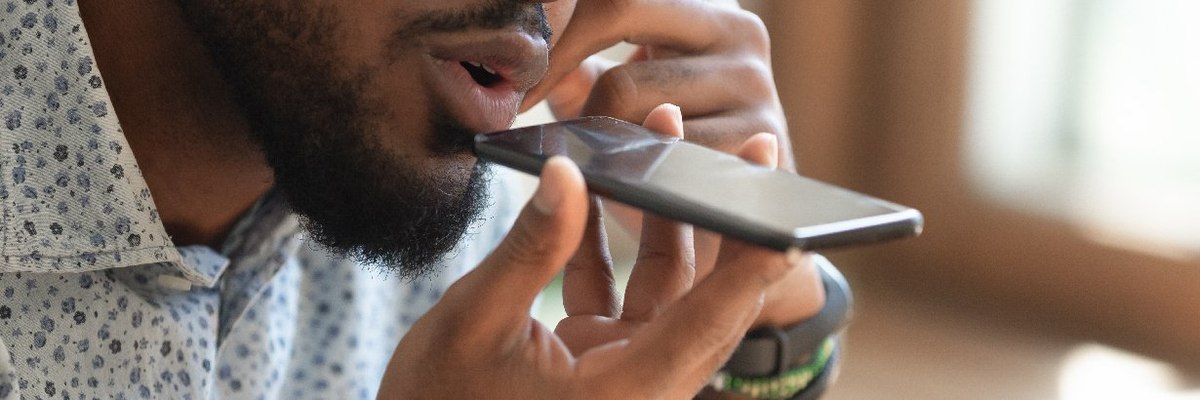
How has COVID-19 affected the digital, media and content sector?
The COVID-19 pandemic has had obvious implications for public health and prosperity in the UK. But it has also had a dramatic impact on the digital, media, and technology sector.
A new YouGov webinar examined this impact in some detail. Hosted by Russell Feldman – our head of Digital, Media, and Technology – the session focused on a new study about the pandemic’s impact on television, SVOD, broadband, music, communication, and other services used within the home: the first of its kind. The study looked at the impact of these services during the heart of lockdown in April and then measured how usage of these changed once restrictions started to lift in July.
Here’s some of what the webinar covered.
The connected home
The session revealed some substantial growth in smart home devices between the second half of 2017 and the first half of 2020: over the course of this period, uptake more than doubled to reach 34% - a third of all UK households, amounting to 9.5 million homes.
As for specific devices, over a quarter (27%) of UK households had a smart speaker in the first half of 2020 – compared to 10% in the first half of 2018 – and over the same period, smart security adoption doubled from 3% to 6% and smart lighting rose from 4% to 7%. Adoption of smart domestic appliances hit 6% in H1 2020.
Lockdown has seen a dip in internet performance
The internet is the cornerstone of any connected home, and our data showed that 87% of UK consumers had a home broadband connection and the same percentage (87%) had a mobile internet connection. Two-thirds (63%) still have a landline: a prerequisite for broadband in some ISP’s packages.
And people are broadly happy with their internet: home broadband, mobile data, and 5G all scored between 7 and 8 across a number of key metrics using a 10 point scale (10 being excellent, 1 being very poor). But over the course of lockdown, broadband performance has deteriorated somewhat: Using those rating 8,9,or 10 on that satisfaction scale, reliability went from 71% to 65%, the percentage of those who said they had no difficulty staying connected went from 71% to 67%, and the number experiencing good download speeds dropped from 60% to 57%.
Overall, a third (36%) of consumers said they were experiencing buffering issues and that their download speeds (33%) were worse than before lockdown, while a quarter (26%) said their connection was worse in general.
Subscriptions during lockdown
The webinar moved on to discuss the subscription ecosystem during the pandemic. Our data showed that the average consumer had 2.2. service subscriptions in the middle of lockdown – with under 35s holding more subscriptions than average in April (2.47 vs. 2.11).
The findings also show that three quarters (75%) had a video streaming subscription in April, half (53%) subscribed to pay TV,48% had a music/audio streaming service , 15% signed up to an online gaming service such as PlayStation Plus or Xbox Live, 12% subscribed to a sports channel, and one in nine (11%) subscribed to news media in some form or another.
Of this group, consumers under 35 were less likely to have Pay TV services (36% vs. 60% of the wider public) but were more likely to sign up to streaming video, music/audio, or online gaming services.
By July the average number of subscriptions tapered off a little from its April levels, and the 18-34 year old demographic were substantially responsible: under-35s cut their average number of subscriptions from 2.45 to 2.35, which helped bring the overall average down from 2.20 to 2.11.
The services this group were most likely to unsubscribe from were Pay TV, which declined from 36% to 30%, and gaming – which fell from 28% to 25%.
That said, it certainly wasn’t bad news for the gaming industry on the whole: 36% said they had bought more games in April, rising to four in ten (39%) by July.
Zoom and Houseparty were lockdown’s big winners
The session also dove into user growth among certain platforms and services. WhatsApp adoption grew by three percentage points between April and July (73% - 76%), while Skype adoption rose by five (26% - 31%). Google Drive uptake – a tool widely believed to be conducive to remote working – increased from 44% to 46%.
But the big winners were undoubtedly Zoom – the videoconferencing software – and HouseParty. The former saw adoption increase more than fivefold between April and July, rising from 5% to 28%, while the latter saw uptake rise from 1% to 10%.
More Brits watched news, moves, and TV over lockdown
Our data indicated that media consumption rose across a range of formats during lockdown – perhaps unsurprisingly, given how much time people have been spending indoors. The webinar showed that consumers are making more efforts to get informed: in April, half of consumers said they watched more news (54%), while a fifth (20%) said they watched more documentaries. One in ten said they watched more educational programming (9%) and more science TV shows (8%). Appetite for news decreased significantly by July: those who said they watched more news fell from 54% to 41%.
What’s more, while more people were watching news, fewer people said they trust it. The percentage of UK consumers who said they couldn’t rely on news rose from 35% to 46% over lockdown. Seven in ten (72%) agreed that they were “fed up” with news programming and over half (55%) said it was too negative.
In terms of entertainment, nearly four in ten (37%) said they’d watched more films in April, and a fifth said they’d watched more drama (22%). And with lockdown darkening the nation’s mood somewhat, it may beunderstandable why 13% of Brits watched more comedy and 7% watched more kids programming. A little light entertainment can go a long way.